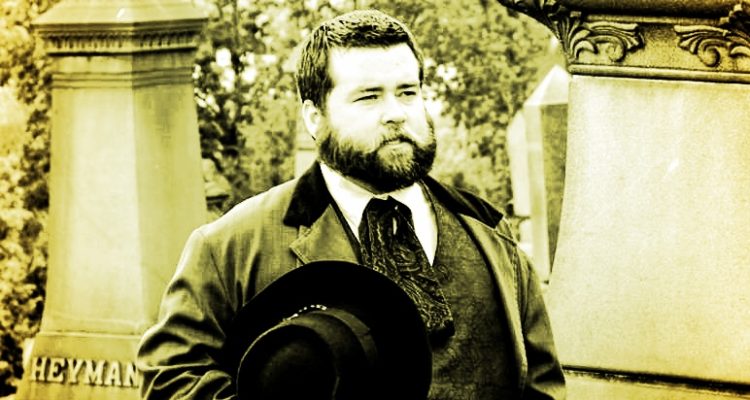By Steve Novotney
Weelunk.com
He walks from his North Wheeling house to his office on 14th and Main streets most days, and that means he strolls past where THE Fort Henry once stood during the Revolutionary War era, and past the Capitol Theatre, where U.S. presidents have spoken and the likes of Johnny Cash, Willie Nelson, George Carlin, Blue Oyster Cult, Loretta Lynn, Billy Joel, Brad Paisley, ACDC, Charlie Daniels, 3 Doors Down, Jerry Seinfeld, Kansas, and Neal McCoy have performed.
His trek to work and back also allows Jeremy Morris to pass the homes in which Wheeling’s original millionaires once resided. The Paull House. The Hess House. The Hazlett House. The List House. The Eckhart House. And several more.
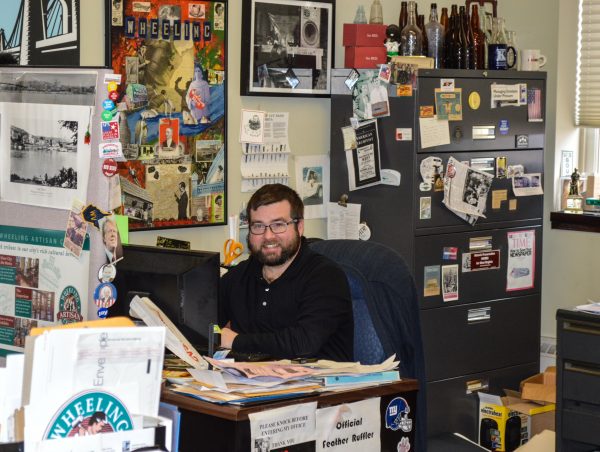
See, the roads were dirt once. The first water pipes were made of wood until the steel pipe was invented – in Wheeling, by the way – and the Friendly City was once known as “Nail City,” and it will forever be the birthplace of the country’s 35th state.
And Morris knows all of this and much more, but he had to learn a lot of it because he’s not from here. The Beckley native has benefitted from community members with a great interest in the past, and he’s partnered with one organization after another in hopes of capturing what was all but lost prior to the creation of the Wheeling National Heritage Area Corporation.
He’ll meet with anyone, and he helps everyone he can. He listens, contemplates and considers, and favors the re-purposing of structures instead of the handy- dandy wrecking ball utilized far too often in Wheeling. His office is on top floor of the Wheeling Artisan Center, a building that houses River City Restaurant, a gift shop, an art gallery, and a banquet hall.
Morris also gets involved far past his duties as the director of WNHAC. Often he portrays prominent, former citizens, and he has quarterbacked the effort to create the city’s first-ever dog park. He does all this, he explains, because he wishes Wheeling to become, “the coolest, hippest, healthiest, happiest place to live in West Virginia.”
And he is aware there is something here in Wheeling. He cannot define it, but there’s something – something special, something unique, and something he’s encountered nowhere else he’s traveled.
Novotney: First question – How much history is there in Wheeling, W.Va.?
Morris: How do you quantify that?
There’s a ton. A boatload.
And some of it isn’t how much, but how important it is. If you look at folks like Walter Reuther, who went on to basically build the middle class in America. The things that he championed as part of the AFL and the United Autoworkers he learned here on the streets of Wheeling. How hard it was to be an employee, what it meant to slave away in factories — all of that went into what became working rights for people, so it’s not exactly how much history but how important the history is.
Likewise, Michael Owens went on to re-shape the glass industry in America. What he did to change the way glass is manufactured he learned by watching little kids tool away in factories here in Wheeling. He went on to create machinery that allowed young people not to be necessary to do the tasks that were needed in the glass industry.
So it’s not necessarily how much, but how it is and how important is what happened here.
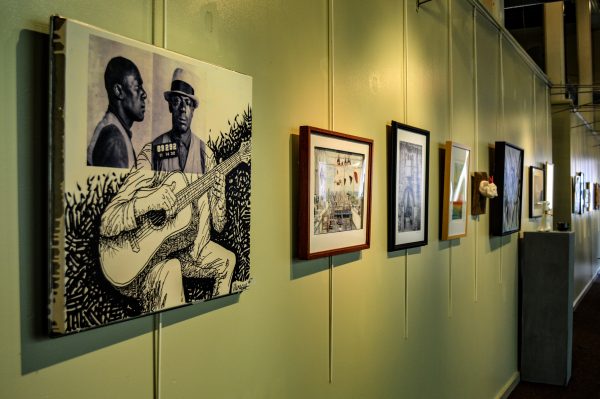
Novotney: What is the most important historical structure in Wheeling, W.Va.?
Morris: I would say we have two.
The Wheeling Suspension Bridge, which is the foremost important piece of engineering prior to the Civil War, is the predecessor to the Brooklyn Bridge and basically all suspension bridge structures in America. It laid the groundwork.
And then the West Virginia Independence Hall, which is where the state was founded. With Wheeling being the place that it was and Independence Hall being there as a federal customs house and courtroom, West Virginia may have had a different life. Things may not have been as they are had they not happened in Wheeling and happened in that building.
Novotney: Tell me your job description with the Wheeling National Heritage Area Corp.
Morris: It’s director, so basically helping lay out the vision for preserving Wheeling’s history and culture. That’s building partnerships with like organizations and helping by providing assistance to organizations to foster preservation of Wheeling’s culture and history.
That also means partnering and working in liaison with the National Parks Service, the city of Wheeling, and the state of West Virginia.
Novotney: When you first arrived to Wheeling, what did you see?
Morris: Well, my first experience in Wheeling was a Bob Dylan concert at the Capitol.
I had never been to Wheeling growing up. Being from the deep, southern part of the state, I didn’t come to Wheeling as a part of a school trip or anything, so my first experience was as a junior in college and it was Bob Dylan. Section Four. About halfway down. Watching Dylan on stage.
It was a good experience. My first experience as a potential citizen and member of the Wheeling community was also good. I came here and interviewed for the job. Hydie (Friend) took me on a tour, and I was just amazed with the architecture and how it was a true city. Charleston is a big city, but it’s sprawling in a way. Wheeling is very compact and architecturally different from any other city I’ve been to in West Virginia.
Mind you my job at WVU prior to this took me all over the state. I’ve been to all 55 counties, probably every county seat. I’ve worked in the majority of those places, and there are a lot of great places in towns and cities, but Wheeling is just amazing in its architecture and the diversity of what you see on the streets while you walk.
Novotney: How has Wheeling changed during the years you have lived here?
Morris: I’ve been thinking about this a lot lately.
When I first moved here, I was about the only 20-something in the room when conversations were being had about the future of the city or what direction we were going to have. Now, 10 years later, I’m 38 years old, and I walk into a room full of 20-year-olds who want to talk about the future of the city.
That’s what has changed the most, and that’s not to discredit the people who have been hacking away at it for years and years and years like Hydie and Susan Hogan and Pete Holloway, and others. It’s just different. It feels completely different when you walk into a room.
Take “Show of Hands,” for example. There are a lot of 20- and 30-year-olds, and then there are people of all ages. There are kids running around all over the place, and there are people communicating.
I don’t think we could have had, “Show of Hands” 10 years ago. Maybe we could have one or two of them, and then we would have decided to pack it in because we just wouldn’t have had the traction we’ve had. I think a lot of things have led to that, like social media. When I first moved here social media was still in its infancy at best, so the ability to get information out to the general public, in front of their eyes, and to convince them why they should care or be involved, has changed. That’s a real difference.
And I think there’s a genuine shift nationally with young people wanting to return home and be part of an urban environment. More and more people are leaving rural environments and settling in the city, and I think Wheeling is socially profiting from that just like so many other communities across the country are.
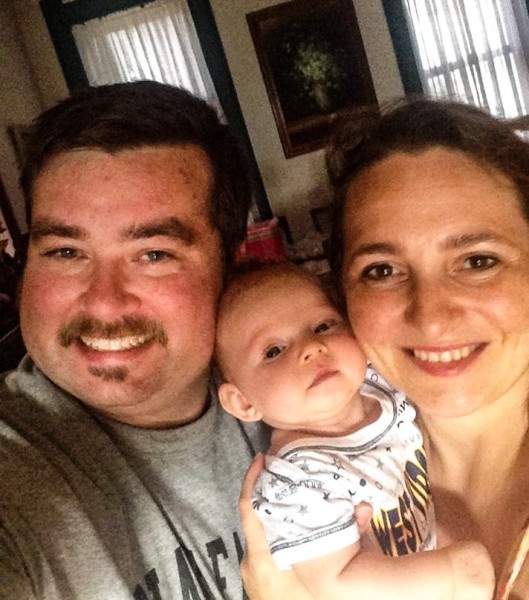
Novotney: You are lucky to have as many historians that we have here in Wheeling.
Morris: Yes, we do.
People love this place. That’s another thing that sets it apart from other places I’ve been in West Virginia. When I was at WVU, I ran a program called the Community Design Team that basically took teams of university professors and students and other professionals into a community for a weekend to do a planning event. We’d help them look at streetscape design, park design, talk about health care, talk about tourism, point them toward resources, those sort of things.
And in every community I went to, there was always a historian or two. There was always somebody they said, “That’s your historian over there. He or she knows everything about this community.”
When you come to Wheeling, there’s not one person you point to. There are five, six, seven, eight that you can say they’re historians, but then you can point to others and say he knows about steamboats, he knows about statehood, she knows about National Road. The breadth of people that know specific topics is enormous here, and it’s really cool. People love this city so much more than people love their communities throughout the state.
Everyone loves where they’re from. You always have some level of affection for where you grew up or where you live, but with the people who grew up in Wheeling, there’s some connection here that I don’t completely understand. I mean, I understand it, but it’s just different from other places.
Novotney: Tell me exactly what the Wheeling National Heritage Area Corp. does.
Morris: We are one of 49 congressionally designated national heritage areas as places important to America’s history and story.
I feel we are a spark plug for projects. We are the conduit that tries to provide connectivity across projects. With the city of Wheeling, with Regional Economic Development Partnership, and with the Wheeling CVB, we are sometimes the glue that will keep a project together.
When the federal budget was robust, we were able to do more. Heritage Port was a federal project. This building, the Wheeling Artisan Center, was a federal project. Now we continue to be a spark plug for projects and put forth our expertise – grant writing, historical preservation expertise in projects like the Capitol Theatre. We’re getting involved with the preservation of the Blue Church (in East Wheeling).
So we’re out there for the community that wants to learn how to do historic preservation. We can help you put you toward grant information and how to do tax credits, and if you need advice about what contractors are out there that can help you restore windows or do re-pointing of brick, and all of those sorts of things.
And we do larger-scale things like this whole ReInvent Wheeling idea. That boiled out of my office and the city of Wheeling’s office several years ago and Wheeling Heritage is the mainstay of support for it.
All this new energy you see bubbling around town really spawned out of ReInvent Wheeling and the energy we’ve been able to create with “Show of Hands” and “Big Ideas” and some of the other things that we’re doing is getting people excited.
And then Weelunk comes along and provides this whole new conduit of communicating to people about these projects and the people behind the projects.
We’re an old organization. We’ve been here 20 years now, and we’re constantly trying to figure out how we are going to re-invent ourselves as a national heritage area to be relative to the community.
Years ago it was just about the money. There was a lot of federal money being put in for projects, and as that has dissipated, we are finding out where the niche places are where we can go and have the most impact.
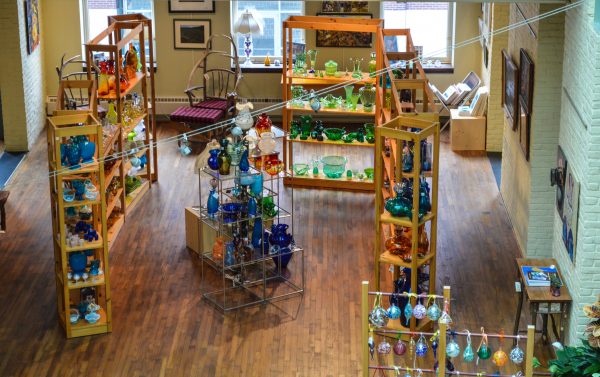
Novotney: You said a four-letter word – Congress. Do you fear even more cuts in funding in the future?
Morris: The money has dissipated since about 2005.
Novotney: By what percentage?
Morris: Maybe 20 percent or so. I do feel that it’s going to continue to dissipate. But I feel comfortable where we are, and we’re looking to diversify our income sources.
Novotney: I asked you earlier how much history there is here in Wheeling. By your account, how much history has been erased with the demolitions that have taken place in Wheeling?
Morris: A ton of history has been erased. There are probably only a handful of pre-Civil War buildings left in the community. When I first came here 10 years ago there were a number of them, particularly along Main Street.
Probably the biggest loss during my 10 years here has been the Mount de Chantal Visitation Academy. It was probably one of the most important buildings in the community. Just the fact that it was probably the first female preparatory school west of the Alleghenys and an architectural gem. It was a massive building, but that’s one that wakes me up at night sometimes.
That one hurts the most.
And what’s happened in Wheeling is incremental loss. People don’t realize what we’ve lost because it’s happened to a building here and then a building there.
Now the 1100 block was a massive demolition. The sports field in East Wheeling was a massive demolition. And people paid attention to those, but those losses were not as significant of losses as what’s happened incrementally.
Novotney: How much history was erased by the demolitions in the 1100 block and in East Wheeling?
Morris: In terms of the, “Washington-slept-here” kind of stuff, there wasn’t much, but what’s lost is architectural continuity, and the feel of downtown. We now have a big, vacant spot smack-dab in the middle of our downtown and it changes the whole mentality of the feeling. It feels less like a big city now.
Now that could change. If the powers that be re-develop that area, and they put in big, multi-story structures in again, you’ll have that feeling of a city block again, but right now it just feels like a big, empty space.
Novotney: If there are 11 historic districts in Wheeling, why so much focus on the downtown?
Morris: Because communities are gauged by the health of their central business district. People remember your place by how healthy your central business district is. I think Wheeling is the best example.
It’s been a tough place for 20-plus years now in the downtown, and people run Wheeling through the ringer over that. It’s all people care about is you can’t buy a pair of socks in the downtown now. Well, yes you can, but …
And Wheeling is in a tough spot because our downtown is so big. People say that St. Clairsville is so nice, and of course it is; it’s three blocks and one street. There’s not a whole lot of building to deal with.
There is a lot of work and investment that has been made in downtown Wheeling. That’s the reason for the focus on the downtown; you are judged by the health of your central business district, and Wheeling is probably, financially and economically, in the best place it’s been in 30 years. We’re in a good place. We just have to capture more of that.
Novotney: WNHAC has been around for 20 years, and the organization has accomplished some great, great things, but don’t you believe the next 10 years are critical to whatever the future of Wheeling is?
Morris: I think so, and that’s because so much energy is happening right now. If we can’t catapult the city forward in the next 10 years, it’s going to be tough. A lot of the people with all of the energy right now are going to get worn out, and you can never tell if the next generation will want to come back.
The time is absolutely apt right now.
And we have to do a good job capturing what our historians know about our city so we can preserve that history in that way.
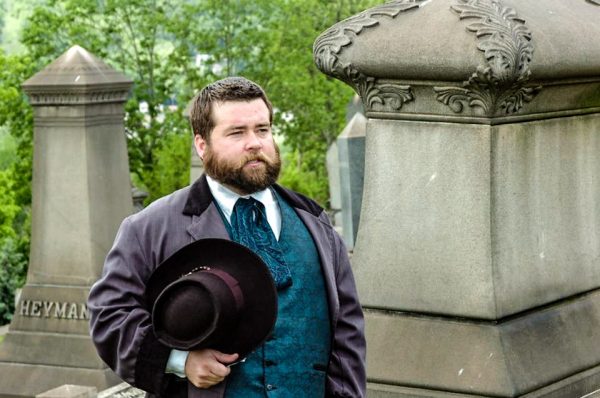
Novotney: You and the people in your office all own a lot of goals for the future, but you cannot do it yourselves. You have to get help from this community.
Morris: Partnerships mean everything. Every preservation project you look at in this town is a partnership. That’s what makes them happen. We’re a small staff of four, and we have a few Ameri-Corps volunteers. We certainly can’t do it all, and it drives me nuts that we can’t do it all because there are more projects out there than we have time to do.
We’re here. We’re supportive. We’ll do everything we can, but it’s one of those things where you just don’t have enough hours in the day to do everything you need. But we’re being strategic and always looking for more partnerships so we can accomplish as much as possible.


